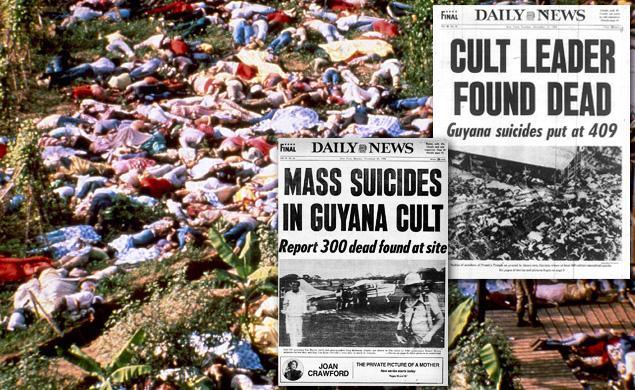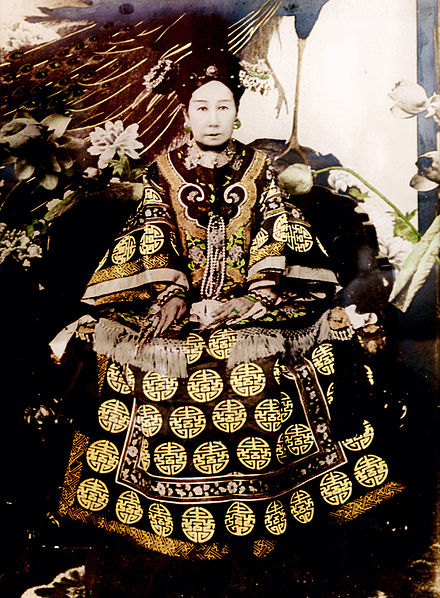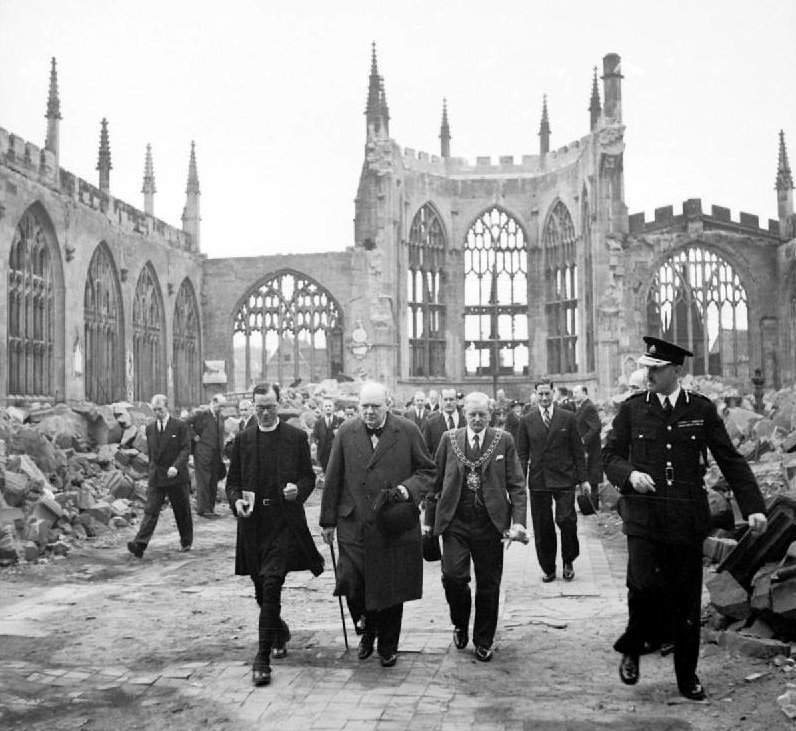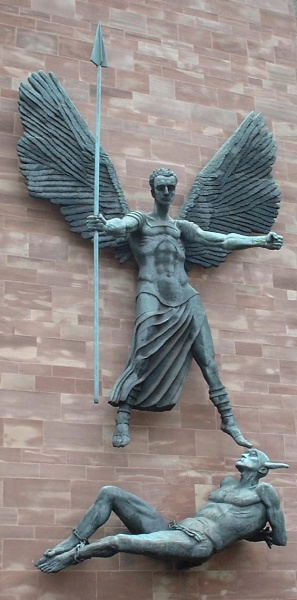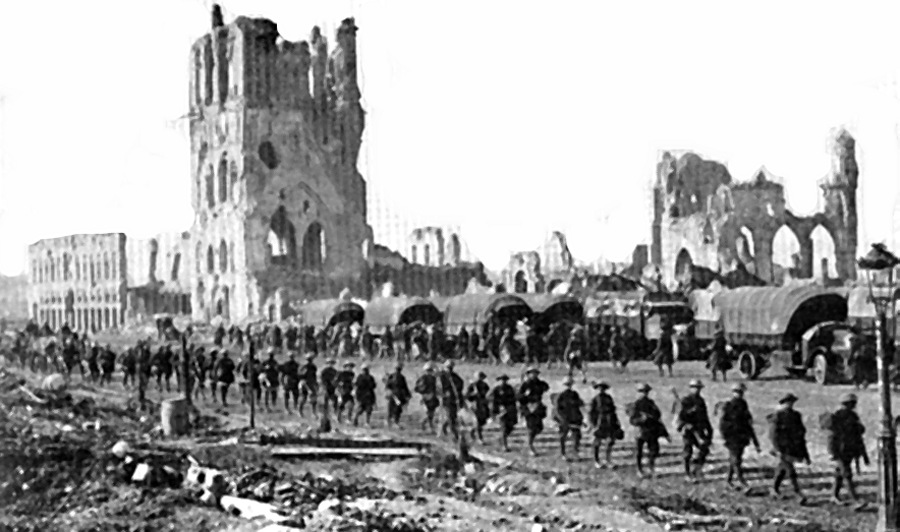1963 A Trio of Deaths
November 22, 1963 is best known for the assassination of American President John F. Kennedy as he drove in a motorcade through Dallas, Texas. Though he was unquestionably murdered by Lee Harvey Oswald, a Communist sympathizer who had lived in the Soviet Union and supported Castro’s Cuba, a plethora of conspiracy theories has blamed everyone from mobsters, to the CIA, the military-industrial complex, and most unfairly, Lyndon Johnson. A vile piece of 1967 agit-prop called Macbird! likened LBJ to Macbeth who slew his king and who would in turn be slain by a Bobby-Kennedy figure. The worst blot on the assassination’s historical landscape was the 1991 Oliver Stone atrocity JFK.
Also dying on that day in 1963 were literary scholar and Christian apologist C.S. Lewis and dystopian author Aldous Huxley whose Brave New World presciently spoke of a future world of pleasure drugs and genetic manipulation.
In 1968 another disaster took place on this date: the Beatles issued “the White Album”.







